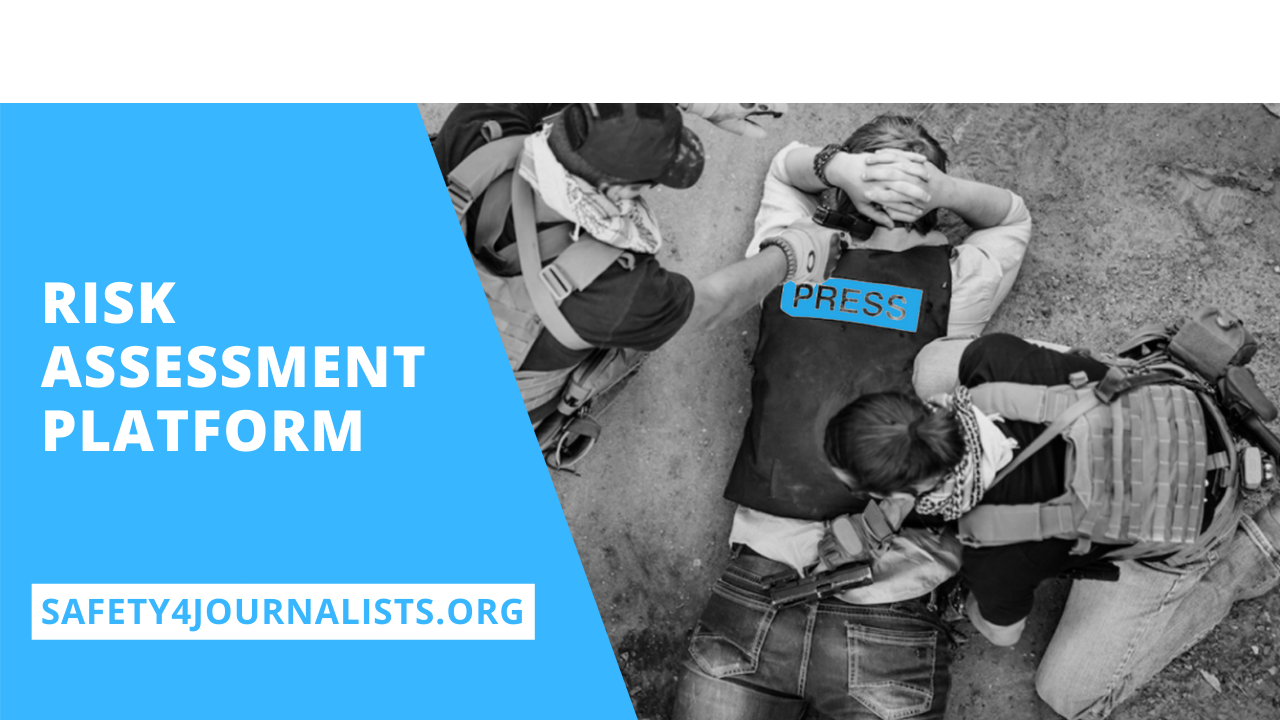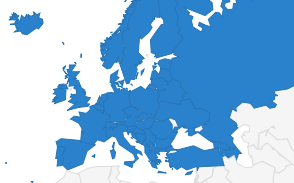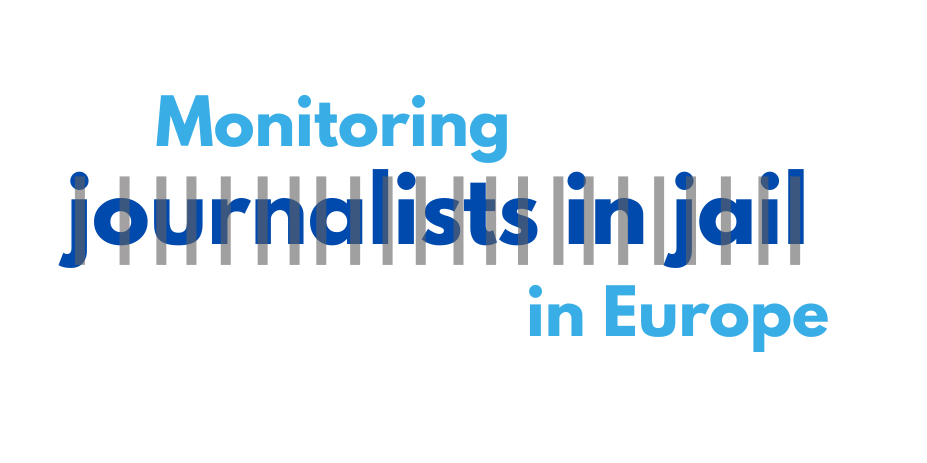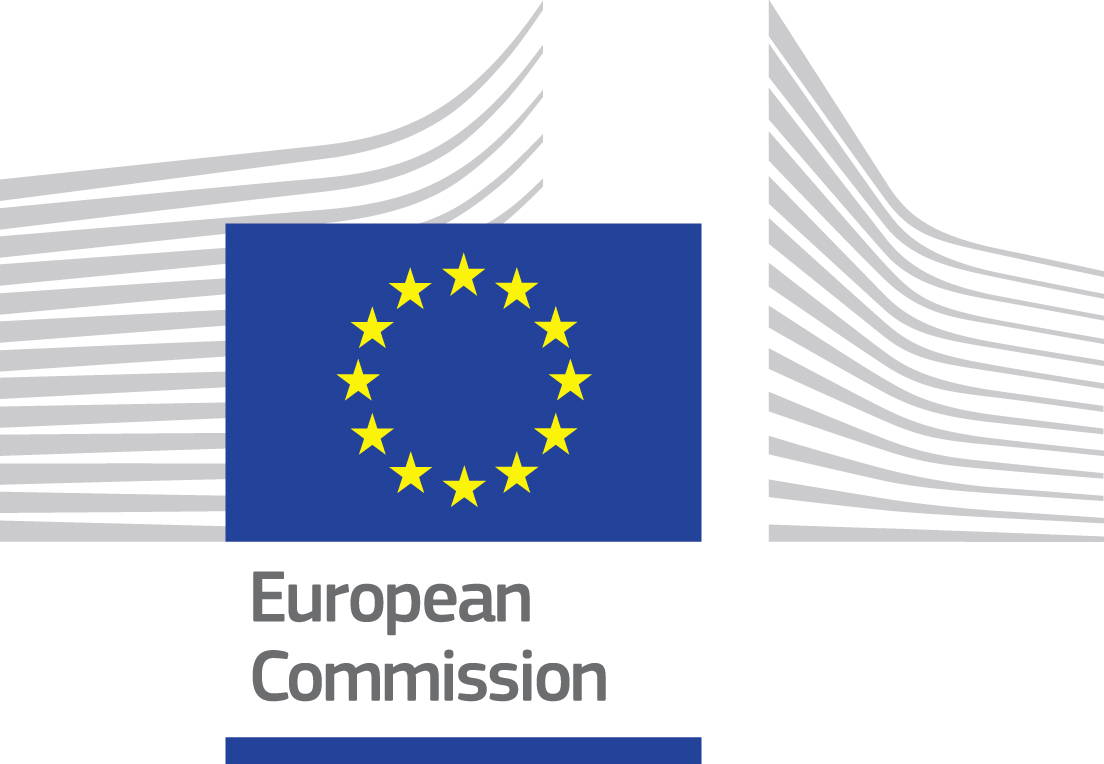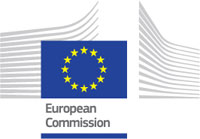Digital News Report 2020 – We need new business models for journalism
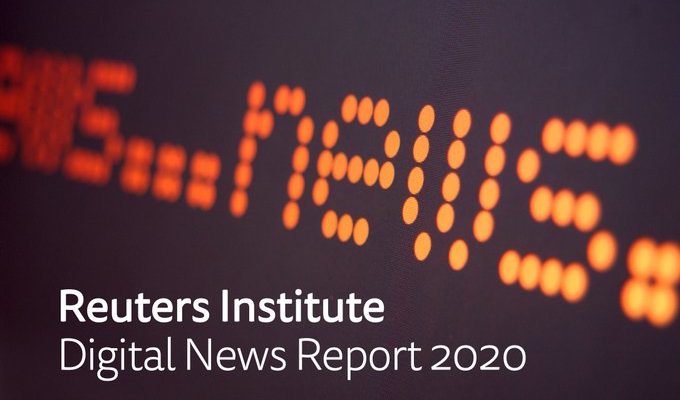
Today, the British based Reuters Institute in cooperation with Oxford University published its 6th annual Digital News Report 2020. The findings, which are based on surveys before and during the COVID-19 pandemic provide some interesting long-term insights into the future of news business, in particular at local level; it analyses changing news consumption, the crucial issue of trust; level of mis- and disinformation, changing business models and the growth of paid content and new attitudes to media coverage including on climate change.
The crisis is likely to accelerate long-term structural changes towards more digital, more mobile, more platform-dominated media environment” said Rasmus Kleis Nielsen, Director of the Reuters Institute for the Study of Journalism (RISJ) in the foreword to the report.
The seriousness of this crisis has reinforced the need for reliable, accurate journalism that can inform and educate populations, but it has also reminded us how open we have become to conspiracies and misinformation. Journalists no longer control access to information, while greater reliance on social media and other platforms give people access to a wider range of sources and ‘alternative facts’, some of which are at odds with official advice, misleading, or simply false, said Nic Newsman, Senior Research associate in his summary.
Some of the most interesting findings for the European journalists’ community are:
Temporary trust boost
The coronavirus pandemic seems to have offered a temporary reprieve to a downward trend in how much news organisations are trusted. Only 38% of people said they trusted the news most of the time. Less than half – 46% – said they trusted their favoured news source. In total, 40 countries were surveyed. Only in six of them did a majority say they could trust “most of the news most of the time”. But things changed substantially once the coronavirus crisis hit. A slightly differently worded question in April – about the level of trust in information about the coronavirus – saw news organisations surge to a 59% trust rating, on a par with national governments.
As of April 2020, trust in the media’s coverage of COVID-19 was relatively high in all countries, at a similar level to national governments and significantly higher than for individual politicians. Media trust was more than twice the level for social networks, video platforms, or messaging services when it came to information about COVID-19.
Impartial news
Amid all this analysis of trust issues, most people – what the report calls the “silent majority” – prefer what they consider “objective” news. The authors of the report had not asked this question since 2013, since when the use of opinion and open stances on news reporting has grown. In nine countries where this was explored, all said they preferred news from sources with “no point of view”. The strongest preference was in Germany, Japan, the UK and Denmark. These are “all countries with strong and independent public broadcasters”, the report noted. In contrast, the US – “where both politics and the media have become increasingly partisan over the years” – many more people said they prefer news which shares their point of view.
Dis- and misinformation
Global concerns about misinformation remain high. Even before the coronavirus crisis hit, more than half of the global sample said they were concerned about what is true or false on the internet when it comes to news. Domestic politicians are the single most frequently named source of misinformation, though in some countries – including the United States – people who self-identify as right-wing are more likely to blame the media. Facebook is seen as the main channel for spreading false information almost everywhere.
Local and regional news
In most countries, local newspapers and their websites remain the top source of news about a particular town or region, reaching four in ten (44%) weekly. And the data show that in many of the surveyed markets regional and local news generally fare well in terms of trust. But, Facebook and other social media groups are now used on average by around a third (31%) for local news and information, putting further pressure on companies and their business models. The future of local news is uncertain; without more (public) support further closures and cost are inevitable. “The crisis in local media will become more acute with more calls for support from government and technology companies – with all the problems that this entails in terms of media independence” says the report. While the pandemic has reinforced the democratic importance of local reporting providing timely and relevant local information, the report states great national differences in the interest in local news depending whether the country is based on a federal or central governing system. The chance for local news to survive depends also on the innovative ways of connecting with (young) audiences online.
According to the findings, the long-term survival of local news will depend on finding new sustainable business models, attracting the next generation of users, and moving faster towards online content and engagement. Local news organisations will have to prove themselves creative and courageous in order to quickly react to an ever-changing technological environment. Without any support, further closures and drastic cuts of journalists’ job are inevitable.
Innovation and changing news consumption
The report depicts the increase in the focus on reader payment when discussing changing business models. This is due to the (not only) COVID-19 related drastic fall in advertisement income. Within the last year, only a few large digital news brands have been the winner in an increase in readers’ subscription though. The increased use of podcasts and audio especially among young the young audience is remarkable but also differs enormously with countries (top is Turkey; bottom is UK). Instagram is likely to overtake Twitter as a news source having doubled since 2018. During Covid-19 publishers have found innovative ways to display and interrogate data, just one of many format innovations that have helped audiences understand the background and the implications for each individual. More effective distribution of formats like video, podcasts, emails, and notifications may help but most publishers continue to struggle to engage more deeply with the next generation and other hard-to- reach groups.
Paying for online news
There have been increases in payment for online news in a number of countries including Norway 42% (+8), with smaller rises in a range of other markets. However, most people are still not paying for online news, even if some publishers have since reported a ‘coronavirus bump’.
Next 12 months ‘critical’ for future of news
The report said: “The Covid-19 crisis has clearly demonstrated the value of reliable trusted news to the public but also to policymakers, technology companies, and others who could potentially act to support independent news media. The creativity of journalists has also come to the fore in finding flexible ways to produce the news under extremely difficult circumstances. Fact-checking has become even more central to newsroom operations, boosting digital literacy more widely and helping to counter the many conspiracy theories swirling on social media and elsewhere. The next 12 months will be critical in shaping the future of the news industry. Many news organisations go into this period clearer than ever about the value of their product even if the immediate outlook looks uncertain.



